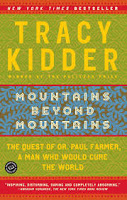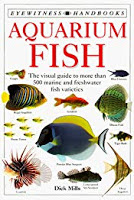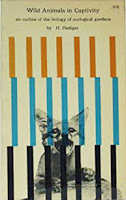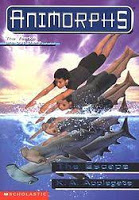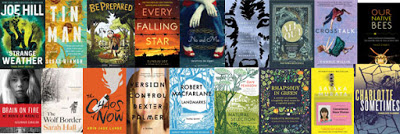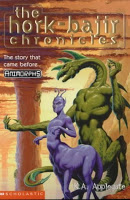A Physician\’s First Year
by Matt McCarthy
Narrative of a doctor\’s training year working in a New York City hospital as intern, this one caught my eye browsing library shelves. Probably because I had Farmer\’s work on my mind, which not surprisingly the author references once himself. Compared to an older book I\’ve read about internship, this one is very modern (so modern that I got a little tired of the author referencing popular TV shows and describing his co-workers by what famous actor their looks or manners reminded him of). (Also tedious is his frequent use of swear words in tense situations- particularly the F one). But mostly it was a good read, one I constantly found interesting and hard to put down. Even when some scenes were distressing. McCarthy did a small stint in surgery- realized it wasn\’t for him- and then worked in the critical care unit, then intensive care, also doing some time in general practice. The book is really about how his skills as a doctor were built up- from nervous and fumbling to confident and leading teams himself. He describes the structure of the hospital; the different teaching styles various supervising residents gave him, panicky moments when he made a wrong diagnosis, the checks that saved his butt from serious error, the difficulties in figuring out what was wrong with unconscious (or just uncooperative) patients, the long hours and incredible stress of it all.
A lot of it is not only about his learning curve in practicing medicine- how to actually do procedures, use the equipment, etc.- but about how he gradually develops a better bedside manner, starts to connect with his patients, finds the balance between keeping himself dispassionate (so he can think critically about a case) and showing the patient that someone cares. Some of the doctor-patient interactions he describes are very touching, others actually nerve-wracking. He describes his euphoria at being part of a team that literally brings a person back from death- and the depression when it goes the other way. The second half of the book also has a lot of internal quandry and fear, as he accidentally gets a needle stick from a patient with a serious, highly infectious disease- then has to take a severe regimen of medication proactively, while waiting for his own diagnosis. It really gave him some perspective on how patients might feel about their treatment.
Borrowed from the public library.
Rating: 3/5 323 pages, 2015
more opinions:
the 3 R\’s Blog
anyone else?

